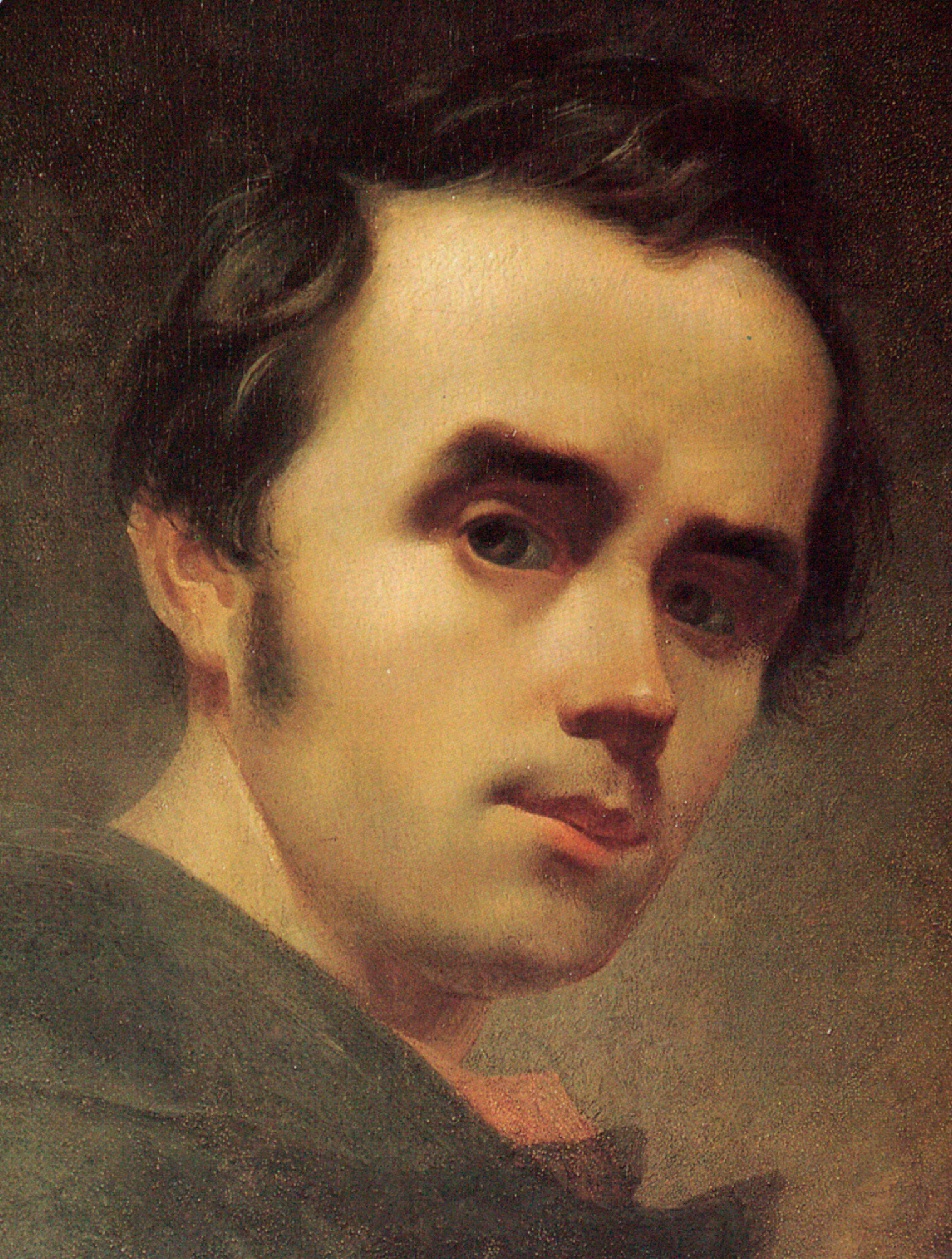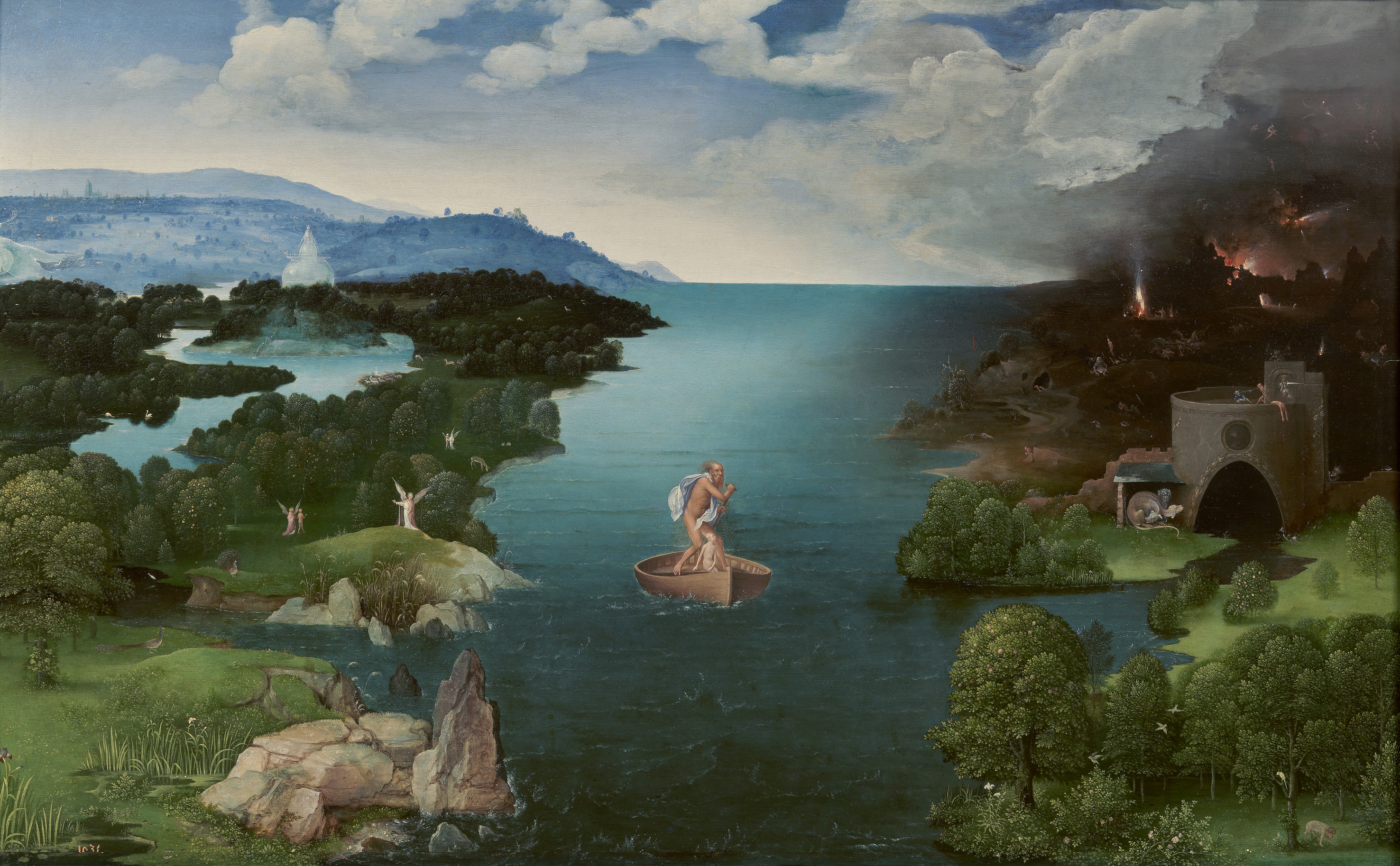|
Mikołaj Wisznicki
Mikołaj Wisznicki (1870–1954) was a Polish people, Polish Painting, painter, military officer and one of the founders of Polish Sightseeing Society (Polskie Towarzystwo Krajoznawcze). Trained in the natural sciences at the University of Kyiv, he was primarily known as an illustrator of children's literature. In addition, he painted oil and watercolor Landscape painting, landscapes and equine scenes. Later, after study in the workshop of Konrad Krzyżanowski, he also practiced portrait painting. External links Mikołaj WisznickiLife of Mikołaj Wisznicki 19th-century Polish painters 19th-century Polish male artists 20th-century Polish painters 20th-century Polish male artists 1870 births 1954 deaths Polish male painters {{Poland-painter-stub ... [...More Info...] [...Related Items...] OR: [Wikipedia] [Google] [Baidu] |
University Of Kyiv
The Taras Shevchenko National University of Kyiv (; also known as Kyiv University, Shevchenko University, or KNU) is a public university in Kyiv, Ukraine. The university is the third-oldest university in Ukraine after the University of Lviv and the University of Kharkiv. Its structure consists of 15 faculties and five institutes. The university was founded in 1834 by Nicholas I of Russia as the Saint Vladimir Imperial University of Kiev; it has since changed its name several times. During the Soviet Union era, Kiev State University was one of the top three universities in the USSR, along with Moscow State University and Leningrad State University. It is ranked as the best university in Ukraine in many rankings. Its alumni include Mykola Lysenko, Nikolay Bunge, Mykhailo Drahomanov, Mykhailo Hrushevskyi, Nikolai Berdyaev, Mikhail Bulgakov, Ivan Schmalhausen, Theodosius Dobzhansky, Viacheslav Chornovil, and Leonid Kravchuk. The university is named after Taras Shevchenko, who ... [...More Info...] [...Related Items...] OR: [Wikipedia] [Google] [Baidu] |
Polish People
Polish people, or Poles, are a West Slavic ethnic group and nation who share a common History of Poland, history, Culture of Poland, culture, the Polish language and are identified with the country of Poland in Central Europe. The preamble to the Constitution of the Republic of Poland defines the Polish nation as comprising all the citizenship, citizens of Poland, regardless of heritage or ethnicity. The majority of Poles adhere to Roman Catholicism. The population of self-declared Poles in Poland is estimated at 37,394,000 out of an overall population of 38,512,000 (based on the 2011 census), of whom 36,522,000 declared Polish alone. A wide-ranging Polish diaspora (the ''Polish diaspora, Polonia'') exists throughout Eurasia, the Americas, and Australasia. Today, the largest urban concentrations of Poles are within the Warsaw metropolitan area and the Katowice urban area. Ethnic Poles are considered to be the descendants of the ancient West Slavic Lechites and other tribes t ... [...More Info...] [...Related Items...] OR: [Wikipedia] [Google] [Baidu] |
Painting
Painting is a Visual arts, visual art, which is characterized by the practice of applying paint, pigment, color or other medium to a solid surface (called "matrix" or "Support (art), support"). The medium is commonly applied to the base with a brush. Other implements, such as palette knives, sponges, airbrushes, the artist's fingers, or even a dripping technique that uses gravity may be used. One who produces paintings is called a painter. In art, the term "painting" describes both the act and the result of the action (the final work is called "a painting"). The support for paintings includes such surfaces as walls, paper, canvas, wood, glass, lacquer, pottery, leaf, copper and concrete, and the painting may incorporate other materials, in single or multiple form, including sand, clay, paper, cardboard, newspaper, plaster, gold leaf, and even entire objects. Painting is an important form of visual arts, visual art, bringing in elements such as drawing, Composition (visual art ... [...More Info...] [...Related Items...] OR: [Wikipedia] [Google] [Baidu] |
Landscape Painting
Landscape painting, also known as landscape art, is the depiction in painting of natural scenery such as mountains, valleys, rivers, trees, and forests, especially where the main subject is a wide view—with its elements arranged into a coherent Composition (visual arts), composition. In other works, landscape backgrounds for figures can still form an important part of the work. Sky is almost always included in the view, and weather is often an element of the composition. Detailed landscapes as a distinct subject are not found in all artistic traditions, and develop when there is already a sophisticated tradition of representing other subjects. Two main traditions spring from Western painting and Chinese art, going back well over a thousand years in both cases. The recognition of a spiritual element in landscape art is present from its beginnings in East Asian art, drawing on Daoism and other philosophical traditions, but in the West only becomes explicit with Romanticism. L ... [...More Info...] [...Related Items...] OR: [Wikipedia] [Google] [Baidu] |
Konrad Krzyżanowski
Konrad Krzyżanowski (15 February 1872 – 25 May 1922) was a Polish illustrator and painter, primarily of portraits, who was considered to be an early exponent of Expressionism. Biography He was born in Kremenchuk. He grew up in Kyiv and took his first art lessons at the Kyiv Drawing School with Mykola Murashko.Biographical notes @ Pinakoteka. This was followed by studies at the in . He was not there long, however, when his distaste for the school's teaching methods developed into a conflict with th ... [...More Info...] [...Related Items...] OR: [Wikipedia] [Google] [Baidu] |
19th-century Polish Painters
The 19th century began on 1 January 1801 (represented by the Roman numerals MDCCCI), and ended on 31 December 1900 (MCM). It was the 9th century of the 2nd millennium. It was characterized by vast social upheaval. Slavery was abolished in much of Europe and the Americas. The First Industrial Revolution, though it began in the late 18th century, expanded beyond its British homeland for the first time during the 19th century, particularly remaking the economies and societies of the Low Countries, France, the Rhineland, Northern Italy, and the Northeastern United States. A few decades later, the Second Industrial Revolution led to ever more massive urbanization and much higher levels of productivity, profit, and prosperity, a pattern that continued into the 20th century. The Catholic Church, in response to the growing influence and power of modernism, secularism and materialism, formed the First Vatican Council in the late 19th century to deal with such problems and confirm ce ... [...More Info...] [...Related Items...] OR: [Wikipedia] [Google] [Baidu] |
1870 Births
Events January * January 1 ** The first edition of ''The Northern Echo'' newspaper is published in Priestgate, Darlington, England. ** Plans for the Brooklyn Bridge are completed. * January 3 – Construction of the Brooklyn Bridge begins in New York City. * January 6 – The ''Musikverein'', Vienna, is inaugurated in Austria-Hungary. * January 10 – John D. Rockefeller incorporates Standard Oil. * January 15 – A political cartoon for the first time symbolizes the United States Democratic Party with a donkey (''A Live Jackass Kicking a Dead Lion'' by Thomas Nast for ''Harper's Weekly''). * January 23 – Marias Massacre: U.S. soldiers attack a peaceful camp of Piegan Blackfeet Indians, led by chief Heavy Runner. * January 26 – Reconstruction Era (United States): Virginia rejoins the Union. This year it adopts a Constitution of Virginia#1870, new Constitution, drawn up by John Curtiss Underwood, expanding suffrage to all male citizens over 21, in ... [...More Info...] [...Related Items...] OR: [Wikipedia] [Google] [Baidu] |
1954 Deaths
Events January * January 3 – The Italian broadcaster RAI officially begins transmitting. * January 7 – Georgetown–IBM experiment: The first public demonstration of a machine translation system is held in New York, at the head office of IBM. * January 10 – BOAC Flight 781, a de Havilland Comet jet plane, disintegrates in mid-air due to metal fatigue, and crashes in the Mediterranean near Elba; all 35 people on board are killed. * January 12 – 1954 Blons avalanches, Avalanches in Austria kill more than 200. * January 15 – Mau Mau rebellion, Mau Mau leader Waruhiu Itote is captured in Kenya. * January 17 – In Socialist Federal Republic of Yugoslavia, Yugoslavia, Milovan Đilas, one of the leading members of the League of Communists of Yugoslavia, is relieved of his duties. * January 20 – The US-based National Negro Network is established, with 46 member radio stations. * January 21 – The first nuclear-powered submarine, the , is ... [...More Info...] [...Related Items...] OR: [Wikipedia] [Google] [Baidu] |





